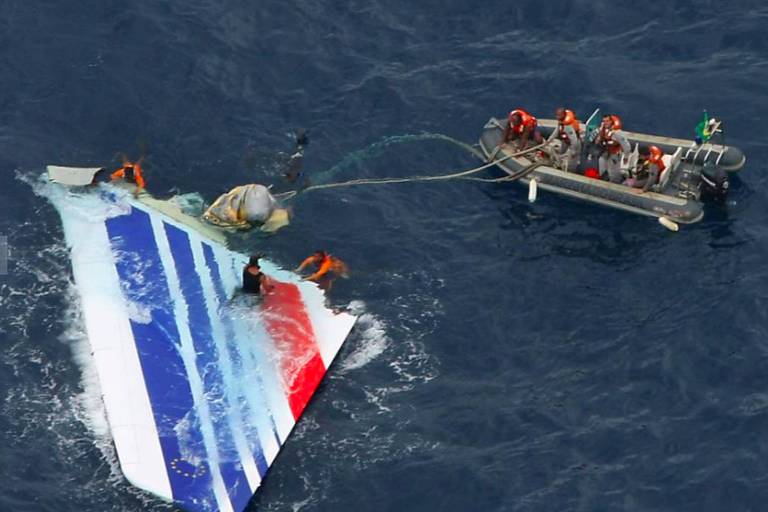Ten years ago, in what he defined as the happiest day of his life, UFRJ's mechanical engineering professor Renato Cotta celebrated the marriage of his daughter, Bianca. She got on a plane the next day to spend her honeymoon with her husband, Carlos Eduardo, in France.
The aircraft left at 19:29 on May 31, 2009, from Galeão airport with 228 people on board and was expected to arrive in Paris 11 hours later.
At 23:14:28, after a combination of factors including adverse weather, equipment failure, and wrong decisions, the AF 447 crashed into the middle of the Atlantic Ocean.
No one survived.
This was the third major plane crash that hit the country in three years, after tragedies of Gol in 2006, with 154 dead, and TAM in 2007, with 199 victims.
The accident changed practices in pilot training and aircraft certification.
It also changed the lives of the 228 victims' families. Renato Cotta, a renowned engineer, says that work helped him to overcome the tragedy. After being approached by a colleague, he decided to study the Pitot tube, the trigger for the sequence of failures that led to the crash—as it turned out two years later when the black boxes of the aircraft were found.
Pitot is the name of a tube that is at the front of the plane and that measures the speed of the aircraft according to the wind that passes through its sensors.
Cotta decided to understand what went wrong that night. "They say that a frozen pitot does not an airplane fall," he says - even without speed information, the situation was simple and could be circumvented by pilots if they acted the right way, experts say. "It couldn't happen but it could, so much that it did happen," he says.
Translated by Kiratiana Freelon
